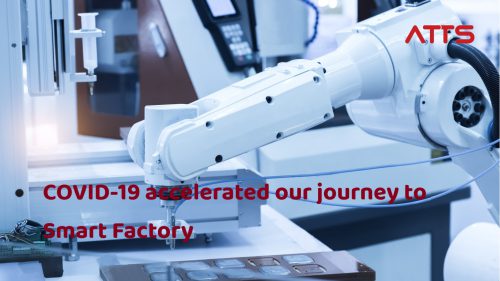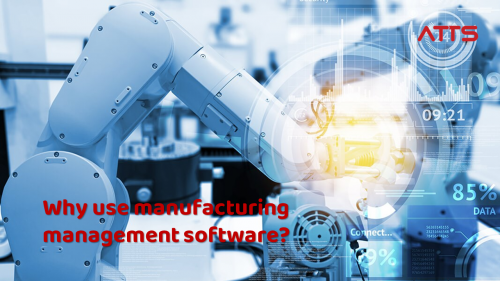6 Things You Need to Know About Mass Customization with Robots
In the past, mass production was the baseline for manufacturing. Since Ford built its first huge production line to make its first Model-T car, the path to becoming a better manufacturing business meant reducing production costs by increasing production volume.
However, The new norm in manufacturing is increasingly becoming “mass customization.” In a way, this is the opposite of traditional mass production as each product is made to order to match the exact requests of the customer. Although mass production still has its place, even large-scale manufacturers are looking to personalize some of their mass-market products.
Mass customization is the new norm in manufacturing. Robots are a key tool in the era of personalization… and here are 6 things you need to know.
Mass customization is nothing new
Samuel Bouchard (Robotiq’s CEO) wrote a post here on the blog where he presented 5 top benefits of mass customization: better return on your investment, making it harder for competitors to copy your product, increased demand for your product, improved individual customers’ experience and providing the exact physical dimensions needed by the customer.
Although the post was published 9 years ago, mass customization was already looking like a winning strategy. Now, the era of mass customization has really arrived. According to a Deloitte report from 2019, many consumers now expect customization and are willing to pay for it.
Mass customization doesn’t mean low-efficiency
Robots have long been used to improve efficiency in manufacturing but only in the context of mass production. People often (mistakenly) believe that customization reduces production efficiency but nothing could be further from the truth.
As Silicon Valley pioneer David Gardner explained in an article for the Fast Company: “I define mass customization as the ability to produce a single, customized product with the same efficiency as a mass-produced product.”
Modern robots can certainly be used to improve efficiencies in a high-mix, low-volume environment where there is a high level of customization.
Modular robotic cells are the new assembly lines
Of course, the new strategy of mass customization requires us to make changes to our production processes. As company SAP explains, this change involves moving away from the assembly line format of mass production to smaller, modular production cells.
Robots are a core technology which are enabling these modular cells, but the cells don’t need to be fully automated. Collaborative robots allow you to mix manual processes with automated ones in a way that was never possible with the more traditional industrial robots.
Connectivity and data are the path to personalization
While mass customization involves some technological changes (e.g. adding robots or other machines), the whole movement is focused around a far more human change.
Connection is the key to customization, which means using data. Consumers are happy to give up their data to companies in return for more personalized products. Successful mass customization also requires manufacturers to use our own data to improve the production, e.g. by using robot monitoring software.
Copy-paste is the key to success
One of the reasons that modular production cells are so effective is that the entire cell design can be easily replicated to increase the production of the overall manufacturing process.
This “copy-paste” approach to automation is also one of the best ways to get started with collaborative robots. By copying your robot setup to a new production cell, you get it up and running much quicker and reduce the challenges that come when designing and integrating an entirely new robot cell.
Customization drives sales
If you don’t already incorporate customization into your manufacturing, you might be wondering if it is really going to be beneficial. Before you make any change to your business, you want to make sure that it is going to be worth it.
Until fairly recently, customization has been a good idea in theory but hard to implement in practice. Mass customization has been driven primarily by sales and marketing teams that understand the demand for customized products but can’t enable profitable customization on their own.
However, now, as the recent Forbes guide explained, for many businesses customization has been proven to drive sales: “Two in five executives surveyed, 40%, report that their customer personalization efforts have had a direct impact on maximizing sales.”
Find more about ATTS services:
https://atts.com.vn/services.html
Connect with us:




